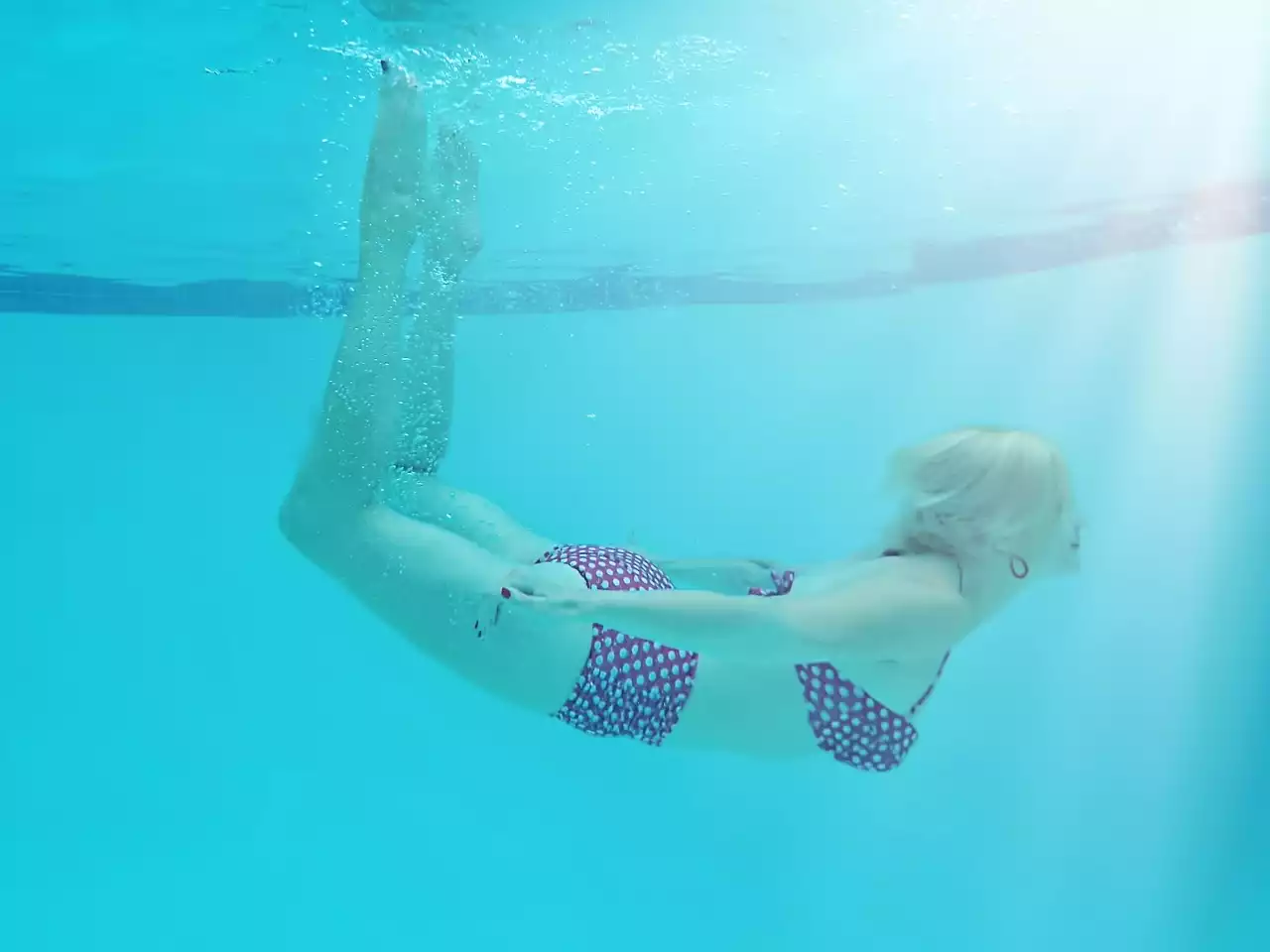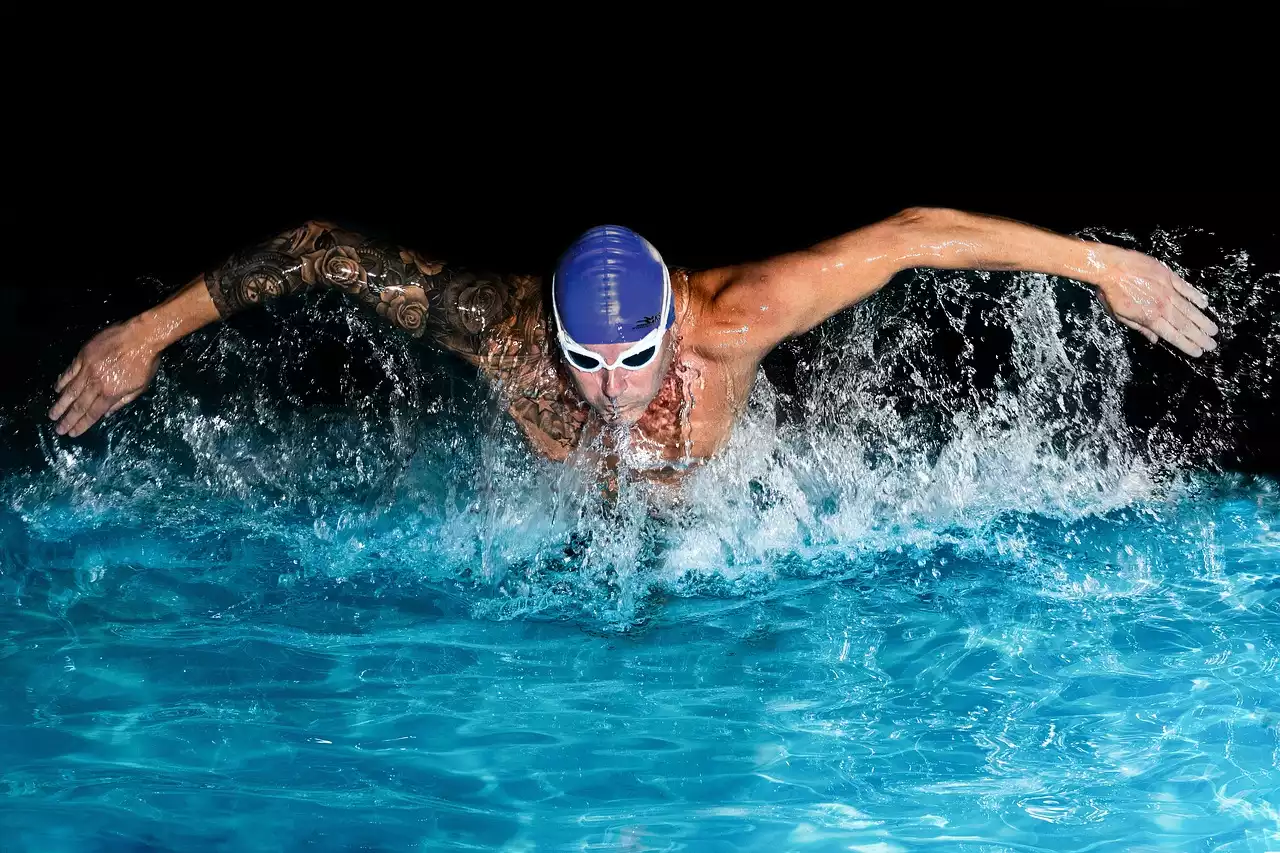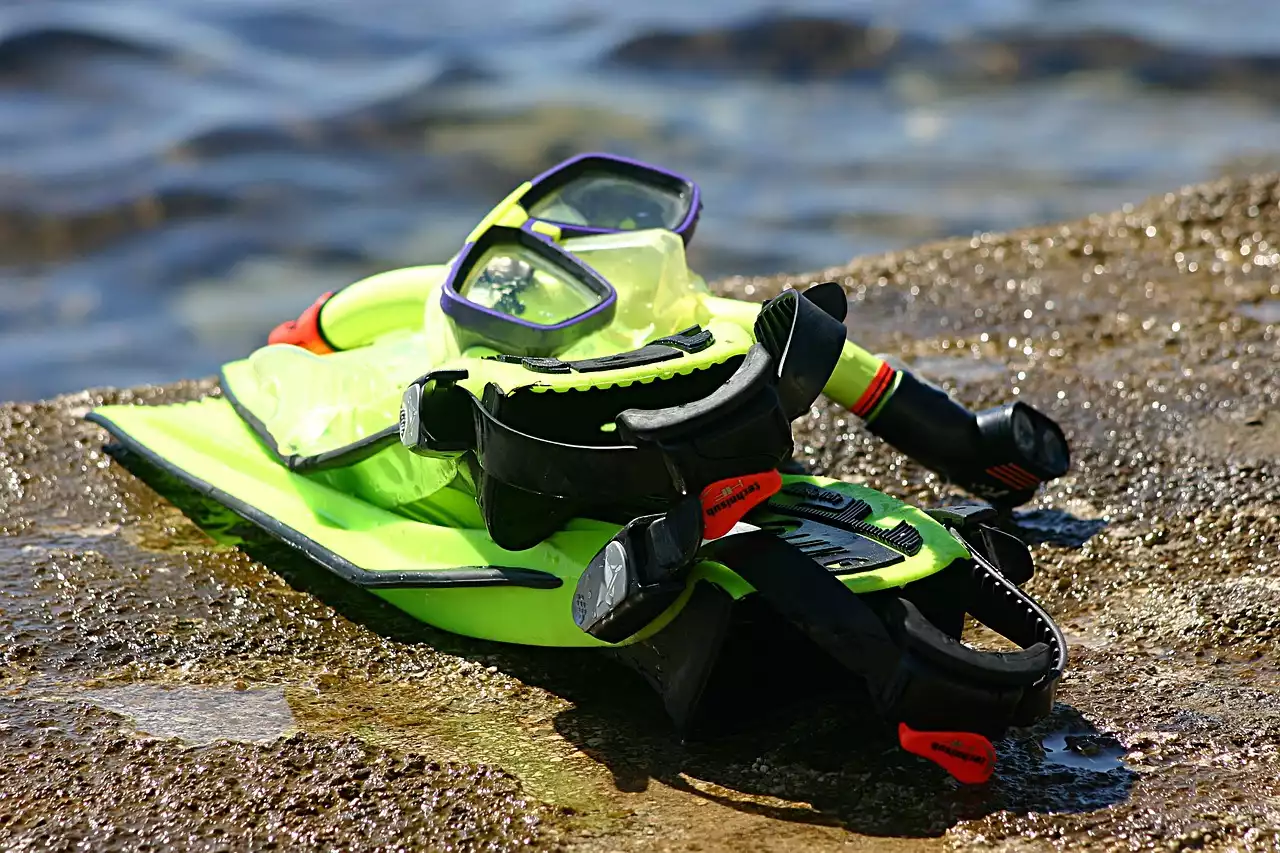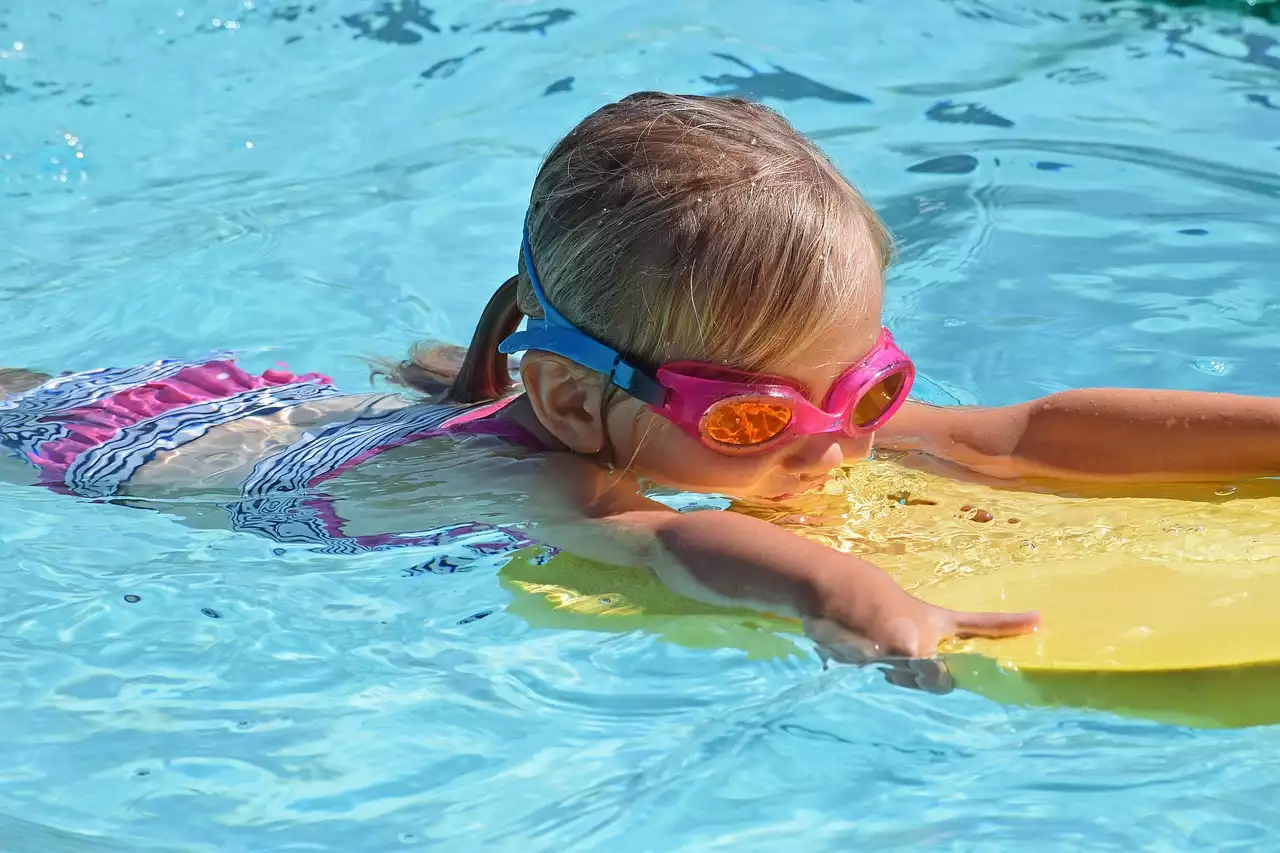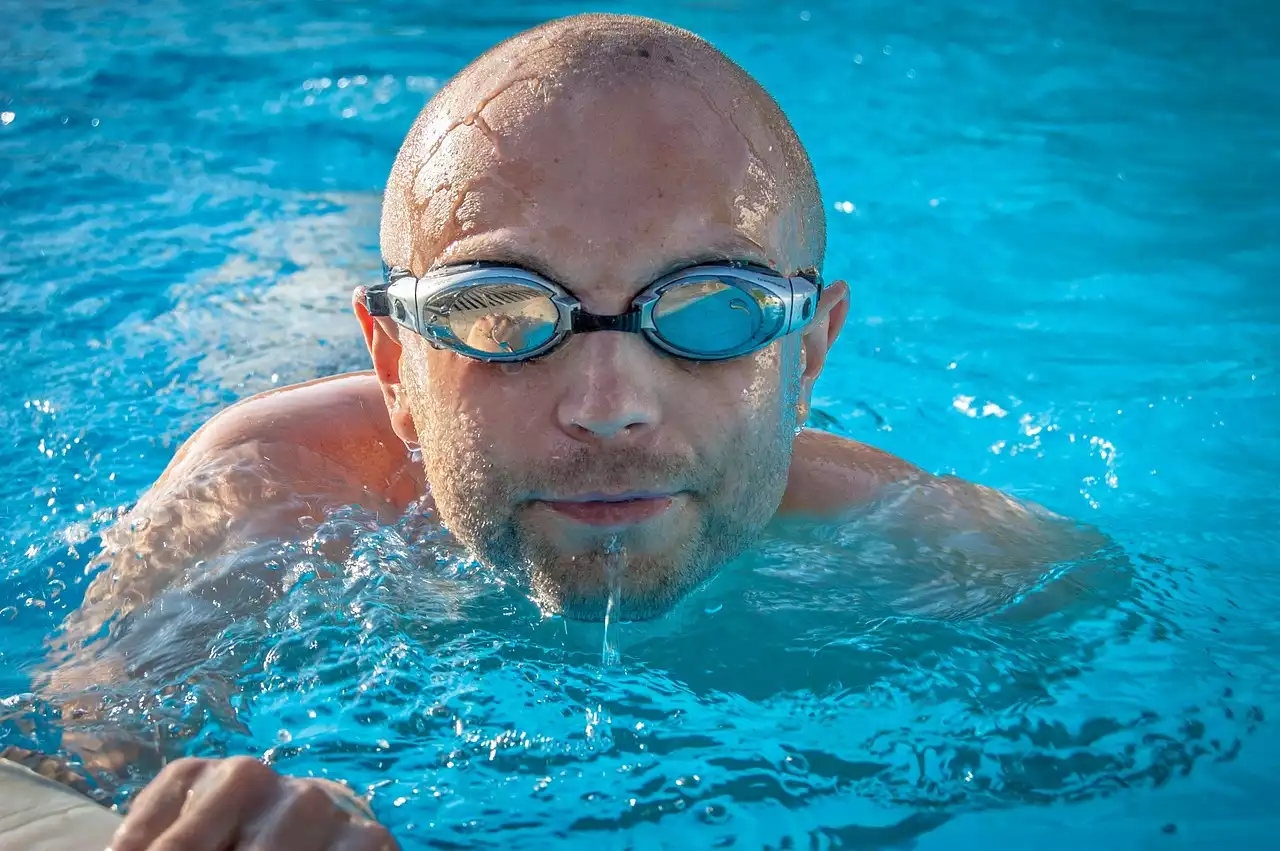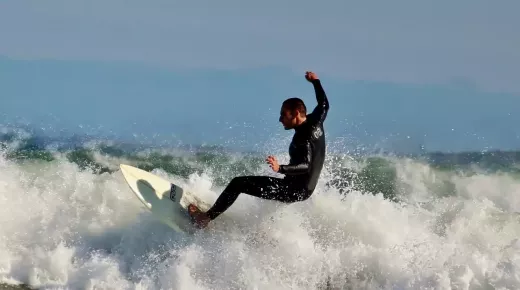What is a Flip Turn?
A flip turn is a type of turn used by swimmers when transitioning from one end of the pool to the other. The swimmer approaches the wall, pushes off the wall with their feet, and somersaults in the water to propel them in the opposite direction. This turn is used by competitive swimmers to conserve energy and momentum. It is a skill that requires practice and technique, but when mastered, it can be an invaluable tool for efficient swimming.
Benefits of Flip Turns
Flip turns are a great way to conserve energy and momentum when swimming. By performing a flip turn, a swimmer can maintain their speed without having to slow down for the turn. This allows them to swim faster with less effort. Flip turns also help swimmers to transition from one end of the pool to the other in a much shorter amount of time. This is beneficial for competitive swimmers who need to maximize their speed and efficiency in the pool.
Techniques for Doing a Flip Turn
The first step to mastering a flip turn is to understand the basic technique. When approaching the wall, the swimmer should be in a streamlined position with their body and arms stretched out in front of them. As they reach the wall, they should kick off with their feet while simultaneously pushing off the wall with their hands. As they somersault in the water, they should tuck their chin and keep their body as close to the surface of the water as possible. When they reach the other end of the pool, they should extend their arms and legs to maximize the push off the wall.
Drills for Mastering Flip Turns
Once a swimmer has learned the basic technique, they should start to practice it with drills. A good drill to start with is the dive and kick drill. This drill involves diving down to the bottom of the pool and kicking off the wall as if doing a flip-turn. This helps to build muscle memory and get a feel for the technique. Another great drill is the streamline kick drill. This drill involves kicking off the wall in a streamlined position, staying close to the surface of the water. This helps to develop the correct body position for a flip turn.
Common Mistakes to Avoid When Doing a Flip Turn
When doing a flip turn, it is important to avoid common mistakes. One of the most common mistakes is not pushing off the wall with enough force. This can lead to a slow transition and a loss of momentum. Another common mistake is not tucking the chin and keeping the body close to the surface of the water. This can lead to the swimmer sinking too low and losing speed. It is important to practice these drills and focus on proper technique in order to avoid these mistakes.
Tips for Improving Your Flip Turn
Once a swimmer has mastered the basic technique and drills for a flip turn, there are a few tips that can help to improve their technique. One of these tips is to focus on the timing of the flip turn. It is important to push off the wall at the right time in order to maximize the momentum and speed. Another tip is to use the hips to help propel the body forward. This can help to generate more power and speed.
Practicing and Mastering Flip Turns
Once a swimmer has mastered the basic technique and drills, they should start to practice their flip turns in a pool. This will help them to develop muscle memory and improve their technique. It is important to practice regularly and focus on proper technique in order to master the skill. It is also a good idea to have a coach or experienced swimmer observe and give feedback on the swimmer’s technique.
The Importance of Proper Breathing During Flip Turns
One of the most important aspects of doing a flip turn is proper breathing. It is important to take a deep breath before pushing off the wall and then exhale as the swimmer somersaults in the water. This helps to keep the swimmer from panicking and keeps them focused on their technique. It is also important to take a deep breath when pushing off the wall in order to maximize the power of the push.
How to Add Flip Turns to Your Workouts
Once a swimmer has mastered the technique for a flip turn, they can start to incorporate it into their workouts. This will help them to improve their speed and efficiency in the pool. Start by adding a few flip-turns to your warm-up and then gradually increase the number as you become more comfortable with the skill. It is also important to practice the skill in a variety of settings, such as sprint sets and long-distance sets. This will help to develop muscle memory and improve the swimmer’s technique.
